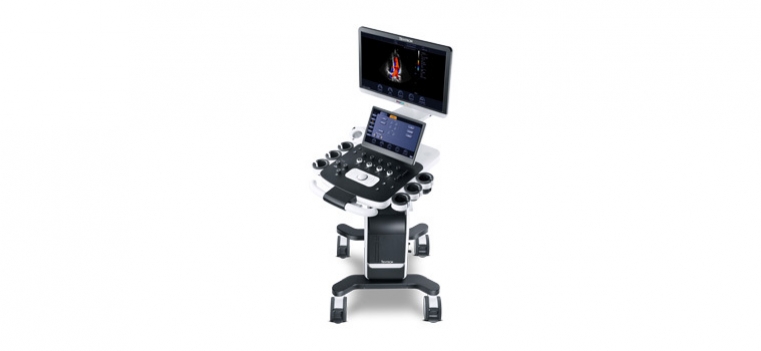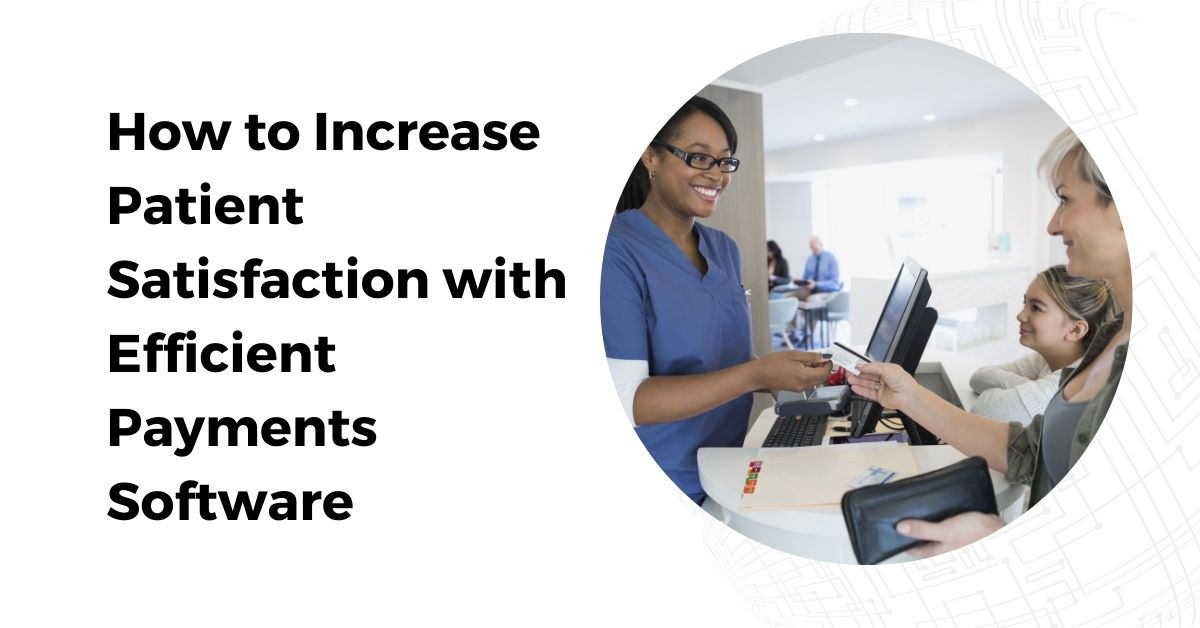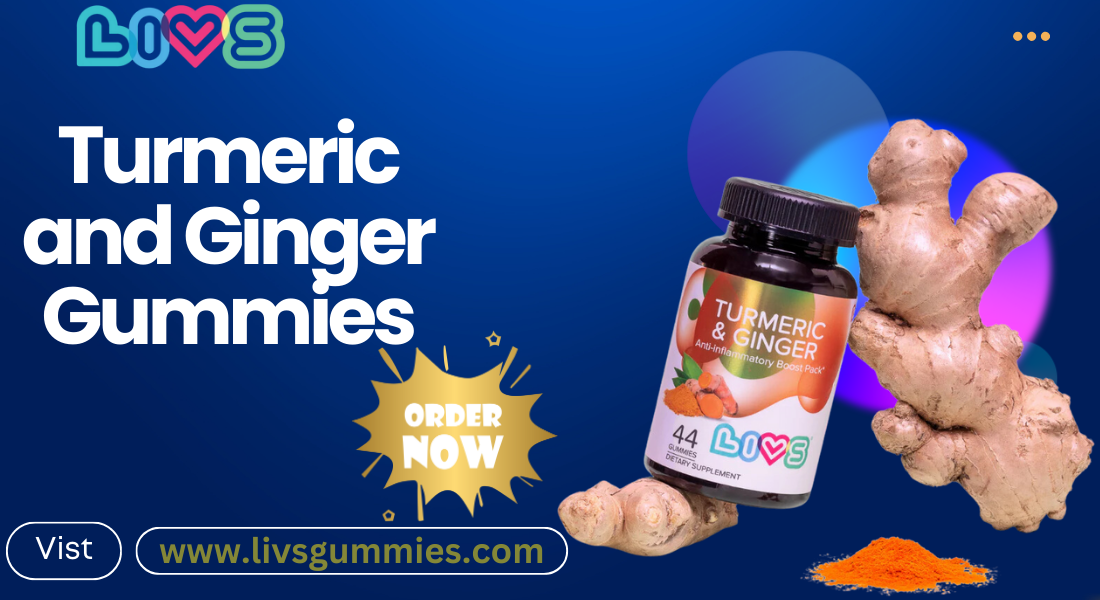Allogeneic T cell therapies involve using T cells from a donor rather than the patient themselves (autologous therapies). This approach is crucial because it offers potential benefits for patients with weakened immune systems who are unable to provide their own cells. The global prevalence of cancer is rising, and along with it, the need for innovative treatments that are both effective and scalable.
These therapies have demonstrated remarkable efficacy, especially in treating blood cancers like leukemia and lymphoma. With a projected CAGR of 9.75% from 2024 to 2032, allogeneic T cell therapies are expected to significantly impact the market, driven by the demand for more accessible, off-the-shelf treatments.
Market Dynamics: What’s Driving Growth?
To understand what’s fueling the expansion of allogeneic T cell therapies, let’s break down the main drivers, restraints, opportunities, and challenges:
Drivers
- Growing Cancer Incidence
- Cancer rates have surged globally, especially in developing regions, necessitating robust treatment options. Allogeneic therapies are emerging as powerful alternatives to chemotherapy and radiation.
- Technological Advancements
- Recent advancements, like CAR (Chimeric Antigen Receptor) T-cell therapy and TCR therapies, are enhancing the precision of treatments by targeting specific antigens found on cancer cells. These improvements in targeting and efficacy are pushing the boundaries of T cell engineering.
- Supportive Regulatory Frameworks
- The FDA and European Medicines Agency (EMA) have implemented fast-track approvals for promising therapies, making it easier for new treatments to reach patients more quickly. Regulatory support is essential for reducing time to market for these complex therapies.
Restraints
- High Costs and Complexity
- Developing allogeneic T cell therapies is costly and time-intensive, which can limit affordability. Costs stem from the need for sophisticated technology, skilled labor, and regulatory compliance.
- Risk of Immune Reactions
- Since allogeneic therapies involve cells from donors, there’s an increased risk of immune rejection or graft-versus-host disease (GVHD). This risk can limit patient eligibility and requires careful donor selection and screening.
Opportunities
- Expansion into Emerging Markets
- As healthcare infrastructure improves in regions like Asia-Pacific and Latin America, the market is primed for expansion. Companies that can navigate regulatory landscapes and scale production may unlock vast potential.
- Broadening Applications Beyond Cancer
- Research is underway to apply allogeneic T cell therapies to autoimmune diseases such as multiple sclerosis, lupus, and rheumatoid arthritis. Expanding applications can open new revenue streams and broaden the patient base.
Challenges
- Supply Chain and Logistics
- Procuring and handling T cells, particularly for off-the-shelf products, requires complex logistics, which can be challenging in regions with limited healthcare infrastructure.
- Ensuring Consistent Quality
- Achieving consistent quality across batches of cell-based therapies is essential to efficacy and safety. This requires standardized processes and advanced manufacturing facilities, which can be a barrier for many companies.
Key Market Segments
The market is segmented by application, end-user, and region, each with unique growth dynamics.
- By Application:
- The primary application is in oncology, particularly blood cancers. However, research in autoimmune diseases is gaining traction, indicating future growth areas.
- By End-User:
- Hospitals and specialty clinics remain the top end-users due to their capacity to handle complex treatments. Research institutions are also critical as they continue developing new applications and innovations.
- By Region:
- North America leads in market size, driven by the U.S.’s advanced healthcare infrastructure and investment in biotech. Europe and Asia-Pacific follow, with growing demand and increasing healthcare spending in countries like Germany, Japan, and China.
Technological and Clinical Developments
Technological advancements and clinical trials are reshaping the allogeneic T cell therapies landscape.
- Advancements in CAR and TCR Therapies:
- CAR T-cell therapy involves modifying T cells to recognize and attack specific cancer cells. The latest advancements in CAR T-cell technology are improving efficacy and safety profiles, which is vital for expanding usage beyond clinical trials. TCR therapies, on the other hand, are particularly promising for solid tumors due to their ability to target intracellular proteins.
- Focus on Off-the-Shelf Products:
- Off-the-shelf products eliminate the need for personalized cell harvesting, reducing lead time and cost. Companies are racing to develop these therapies to make T cell treatments more accessible. However, this involves developing universal donor cells that are compatible with multiple patients, which is a complex task requiring significant R&D investment.
- Clinical Trial Growth:
- There’s a notable increase in the number of clinical trials, expanding from hematologic malignancies to solid tumors and autoimmune diseases. Clinical trials are essential for understanding the broader potential and safety of allogeneic T cell therapies.
Key Features of the Market Report
The report provides a detailed look at:
- Patent Analysis
- Tracking patents helps identify the leading players and emerging technologies in the market. New patents are often associated with enhanced therapies that address previously unmet medical needs.
- Funding and Investment Trends
- Investment in allogeneic T cell therapies is robust, with increased venture capital interest and government grants. Investors are attracted to the strong market potential and the role these therapies play in next-generation treatments.
- Partnerships and Collaborations
- Many companies are forming strategic partnerships with academic institutions, research organizations, and even competitors to leverage shared expertise. Collaborations often focus on improving manufacturing, expanding product pipelines, or conducting clinical trials.
Competitor Landscape: Leading the Market
The competitive landscape includes established companies and emerging players. Key players and their focus areas include:
- Athersys Inc. – Emphasizing cell therapies for critical conditions such as ischemic stroke and acute respiratory distress.
- Mesoblast Ltd. – Concentrating on cellular medicines for inflammatory diseases, with a strong R&D pipeline.
- Gamida Cell – Using proprietary technology to enhance donor cell quality, Gamida Cell focuses on hematologic malignancies.
- Smith+Nephew – Known for its role in regenerative medicine, including orthopedic applications and cell-based therapies.
These players are investing in clinical trials, expanding product lines, and pursuing strategic acquisitions to maintain their market positions. Additional companies like Takeda, Brainstorm Cell Limited, and NuVasive Inc. are also making strides in the space, contributing to a competitive and innovative market.
Future Trends and Market Outlook
- Automation in Manufacturing: Companies are increasingly adopting automation to scale production and ensure quality control. This is critical as demand for these therapies rises.
- Personalized Medicine Integration: As genomics and precision medicine evolve, there’s potential for even more targeted allogeneic therapies. This trend will likely result in combination treatments that use T cells in conjunction with other therapeutic modalities.
- Expanding Accessibility in Emerging Markets: Companies are working to reduce costs and improve supply chain logistics to make these therapies accessible in emerging markets, which will drive growth in regions with high unmet medical needs.



